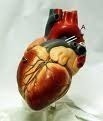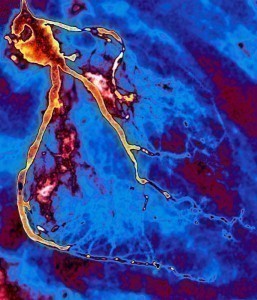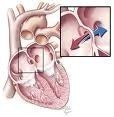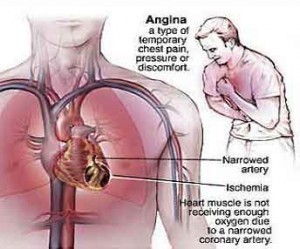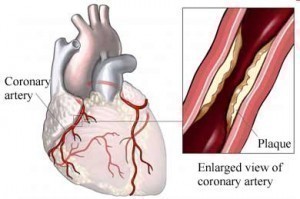15 Things You Can Do to Avoid a Heart Attack
 Photo by A m o r e Caterina
Photo by A m o r e Caterina
8. Watch Your Weight
Excess abdominal weight is closely linked with the development of heart disease and diabetes. The longer you carry excess weight, the more strain you put on your heart. A BMI, or body mass index, is used to determine normal weight ranges for adults over age 20. As a general rule, a healthy BMI is between 18.5 and 24.9. A BMI of 25 to 29.9 is considered overweight, and a BMI of 30 or greater is categorized as obese. Your doctor or dietician can help you calculate your BMI and determine appropriate weight goals. In most cases, a combination of diet and exercise is recommended to manage weight. If you are unable to lose weight with lifestyle changes, your doctor may recommend bariatric surgery.

